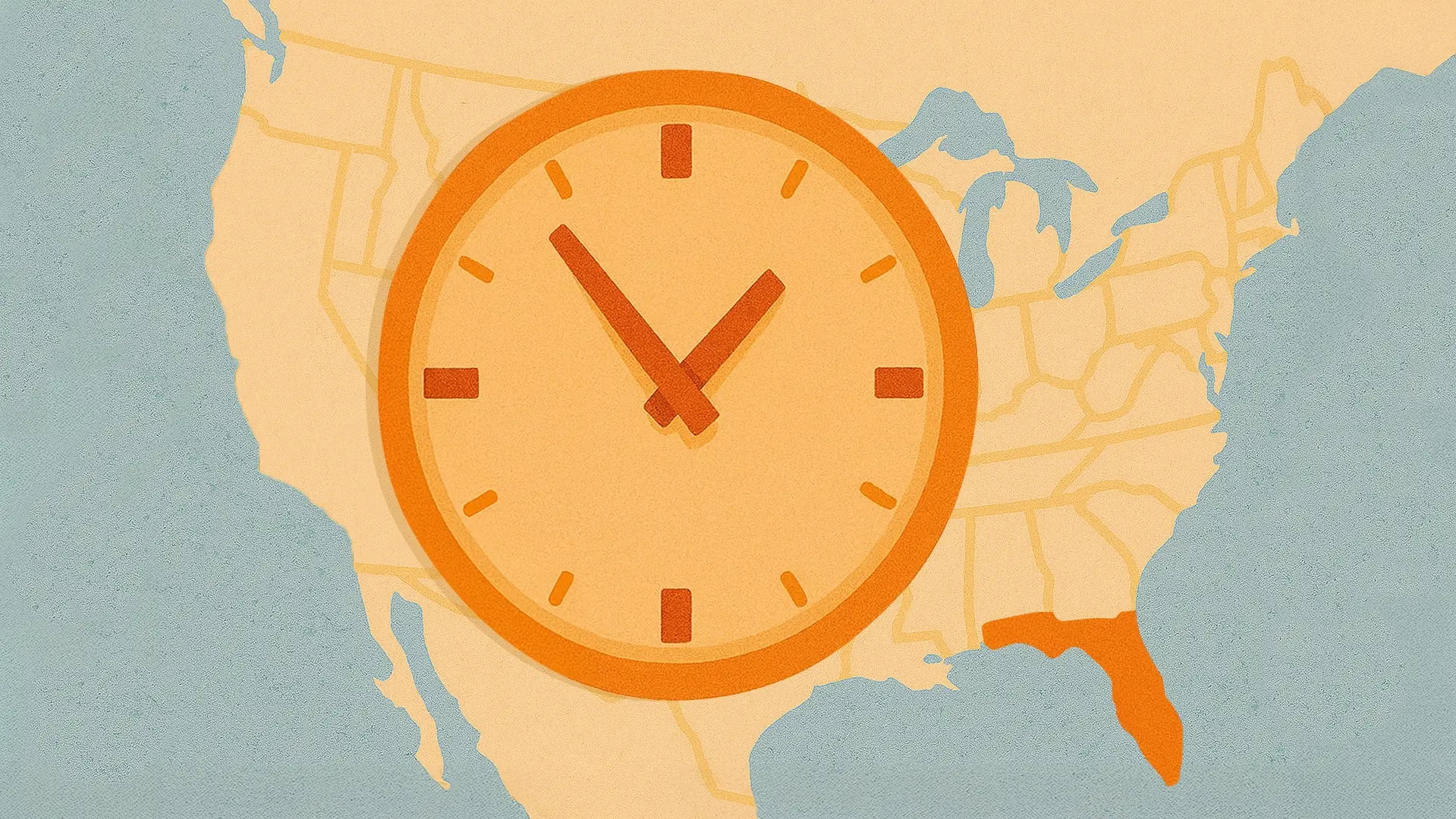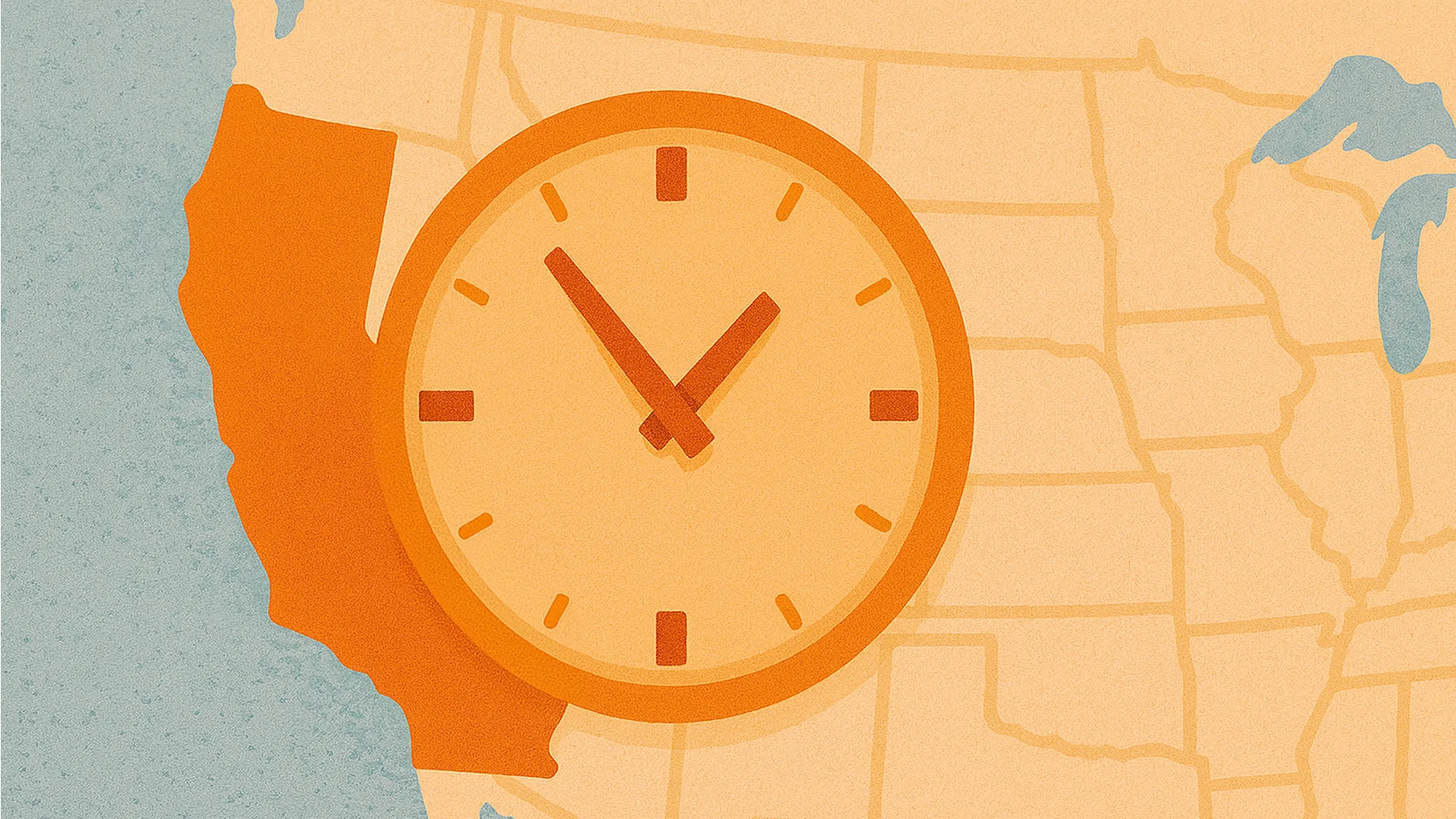Motions to Suppress Explained | A Legal Guide for Lawyers
When you’re heading into trial, there’s no shortage of tools at your disposal to protect your client and shape the outcome. One of the most powerful, especially for defense lawyers, is the motion to suppress. It’s a simple concept in theory, but in practice, it can be the turning point in a case.
So, what exactly is a motion to suppress?
In simple terms, it’s a formal request asking the court to keep certain evidence out of the trial. The usual reason? That the evidence was obtained in a way that breaches the law or a defendant’s rights.
The idea comes from the exclusionary rule—the principle designed to stop illegally obtained evidence from ever making it before a jury. It acts as a safeguard that keeps the playing field level.
Most suppression motions are based in constitutional grounds. A classic example: evidence collected without probable cause, which can violate the defendant’s Fourth Amendment rights. If that happens, the defense can ask the court to exclude it. Win that motion, and the prosecution can’t refer to such evidence at trial.
Why suppression matters in real cases
At its core, this is about fairness and the integrity of the process. But it’s also a tactical move. If key evidence is ruled inadmissible, the prosecution’s case can take a serious hit. Sometimes that leads to reduced charges, a more favorable plea deal, or—if the evidence was central—the case being thrown out entirely.
Of course, not every suppression motion is a silver bullet, but when it works, the impact is hard to overstate. Such motions can tip the balance in ways that no other procedural step can.
When do lawyers file motions to suppress evidence?
Here are a few common grounds where suppression might be on the table:
- Physical evidence gathered in an unlawful search or seizure.
- Evidence collected during an arrest without sufficient probable cause.
- Confessions that were forced.
- Statements from a defendant who wasn’t properly advised of their Miranda rights (e.g. not told they have the right to remain silent).
- Evidence from illegal wiretaps or surveillance.
How does this work in criminal cases?
Let’s say police pull over a driver without reasonable suspicion and search the vehicle without consent. They find a gun in the glovebox.
Under the Fourth Amendment in the United States Constitution, the police should have some legal basis before conducting a stop and search, and individuals have protection against unreasonable searches. Therefore, that seizure could be deemed unconstitutional. The defense would almost certainly move to have that evidence suppressed.
This is a prime example of what happens when police fail to follow procedure. The evidence obtained is at risk of being excluded.
What about civil cases?
If a regulator accesses privileged emails between executives and legal counsel during an investigation, it might become a legal issue. If the company had a reasonable expectation of privacy, those emails might be off-limits in court. A motion to suppress could be the next step.
How judges decide
Courts look at the facts, the law and precedent. The burden usually falls on the party filing the motion to prove the evidence should be excluded. Judges will ask question such as:
- Was there a valid search warrant, and was it properly executed?
- Was information obtained following due process?
- Were there violations of a defendant’s constitutional rights (e.g., right to privacy, right against self-incrimination)?
- Did the evidence come from a coerced confession?
- Would letting the evidence in make it hard to have a fair trial?
It’s worth noting that even when probable cause is shaky, evidence can still be admitted. For instance, under the “good faith” exception. And as always, rules and precedent can shift depending on location.
What can happen during a motion hearing?
If the court needs to hear arguments, both sides get their chance to speak in court. They are given reasonable opportunity to prepare their case before the hearing. The side asking to suppress evidence goes first, explaining why the evidence should be kicked out of legal proceedings. Then the other side responds. The judge listens, asks questions if needed and then decides. Once determined, the case moves forward with or without the contested evidence.
Want to learn more? Check out our guide on Understanding Motion Hearings.
Why every attorney should get to know motions to suppress
Sure, these are common in criminal cases, but they crop up in all kinds of legal settings—civil lawsuits, regulatory probes, workplace disputes.
- In civil court, accidentally shared private emails might need to be kept out.
- Regulators might have to deal with internal documents that weren’t collected the right way.
- Workplace cases might challenge video or audio caught without permission.
Knowing when and how to file motion to suppress evidence can make a huge difference to your client. Acting in a timely manner is sometimes the difference between having that evidence struck out or having it permanently shape the trial.
Frequently Asked Questions
what does motion to suppress mean?
It’s a formal request to keep certain evidence out of trial because it was gathered the wrong way.
When can a motion to suppress be filed?
Usually before trial, but sometimes during if you didn’t get a chance earlier.
Who files a motion to suppress?
Mostly defence attorneys, but anyone involved in a case can.
What types of evidence can be suppressed?
Anything collected illegally or in a way that breaches rights. Evidence can be physical items, statements or digital.
How to file a motion to suppress evidence?
Look through everything carefully. Identify any constitutional violations. Write the motion explaining what you want excluded and why, back it up with facts and law, file it and serve the other side a copy. Then a hearing might be scheduled. legal grounds
How does it affect a criminal case?
If evidence is tossed, it can seriously weaken the prosecution’s side and result in a more favorable outcome for the defense. Sometimes the whole case falls apart or ends with a deal.
What’s a motion hearing like?
The filer goes first. They outline evidence sought to be suppressed, their arguments, evidence and the legal grounds. The other side responds. The judge might ask questions and then decides right away or later.
Can a motion to suppress be denied? What happens then?
Yes. If so, the evidence stays in and the case goes on.
How can legal document services help with filing a motion to suppress?
They keep all your documents and information in one place, so you don’t miss anything.
Learn more about Dazychain’s document management software or book a demo today!
Related article – What is a Motion Hearing













